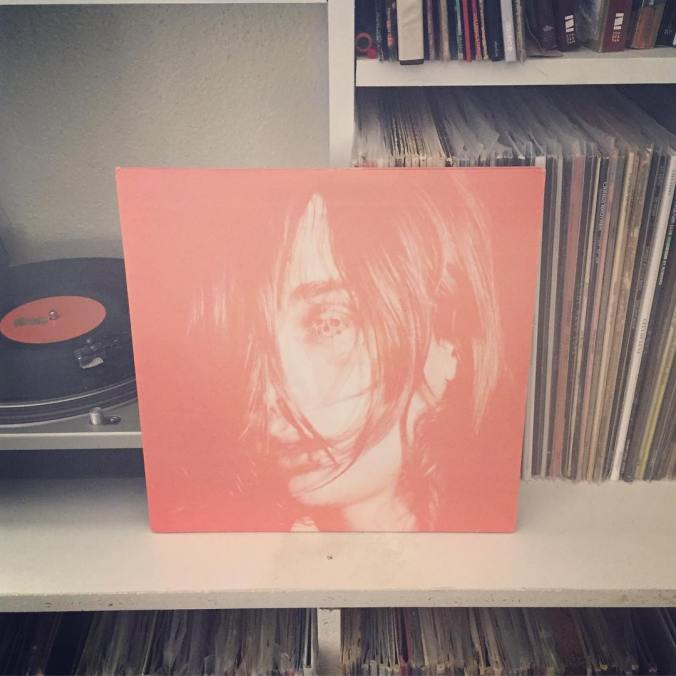Disappointed that their new record, Microcastle, had leaked onto the internet and was being seeded like crazy, Deerhunter did what any sensible band would do and recorded a new album in secret to be released concurrently with it. But, prolific as they are, Weird Era Cont. is actually longer than Microcastle (only by about a minute, but regardless).
And not being given to repeating the same album twice (Cryptograms: sadface), Weird Era Cont. is often a straight noise-pop record with guitars saturated with shoegaze-ready fuzz (Vox Celeste) and playing figures oblivious to the vocal melody (Ghost Outfit, Slow Swords). Even the title track is played with nothing but feedbacking guitars.
A few of the tracks pair this bent towards noise with doowop influenced pop, such as the instrumental Moon Witch Cartridge and the excellent, dreamy Vox Humana. Admittedly, I’ve never considered shoegaze doowop to be a viable genre, but Deerhunter, with their unstoppable combination of talent and taste*, not only make it work, but they make it work beautifully.
The album closes with the ten minute Calvary Scars II/Aux Out, a remake of the 1:37 long bare-bones track that appeared on Microcastle. Here, free of Cox’s desire to stray away from effects pedals and lingering arrangements, Calvary Scars blooms into a dreampop epic, complete with a repeating chord structure, layers and layers of guitars, wordless melodies, and pounding drums until it falls into a hazy wash of noise that wouldn’t be out of place on Cryptograms. This reversion to reverb and ambience is elemental to Weird Era Cont., informing the decisions made and directions taken from track to track, making it a strong member of the Deerhunter canon and (admittedly) my second favorite Deerhunter album.
*every band has talent. Not every band has taste.

 With less haze this time around, Deerhunter made just about everyone’s end-of-the-year list, and that in a year that saw Kanye West, TV on the Radio, Beck, and a reunited Portishead releasing records.
With less haze this time around, Deerhunter made just about everyone’s end-of-the-year list, and that in a year that saw Kanye West, TV on the Radio, Beck, and a reunited Portishead releasing records. 